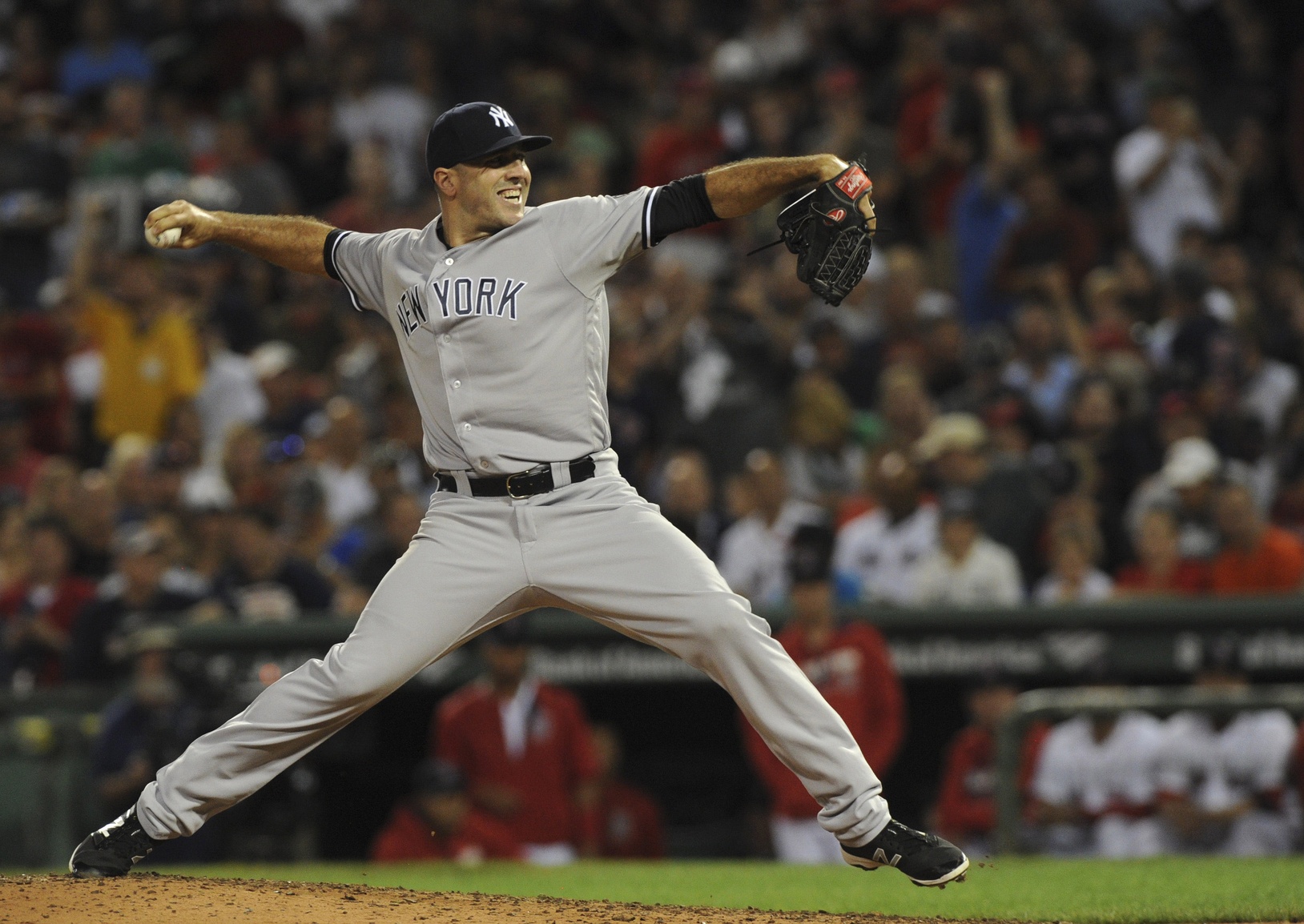When you think of the great Brewers right-handed bullpen successes of recent vintage, chances are a fastball/curveball ideal comes to mind. Milwaukee’s most recent reclamation project, Jeremy Jeffress, revitalized his career on the strengths of a blazing fastball and impeccable curve combination. But, there is reason to believe that Rob Scahill might fit this mold, too, and scouts have had Corey Knebel projected for success on this combination, as well. To a lesser degree, Adrian Houser and Michael Blazek might also be categorized in this mold. So goes Blake Parker, the newest addition to the Milwaukee Brewers roster via a waiver claim (at the expense of righty David Goforth). Parker boasts 0.1 WARP in his last two MLB seasons (2014 and 2016), but it’s probably 46.3 innings in 2013 that are worth squinting at if you’re ready to get excited about a late-November waiver claim.
Given that Parker may have worked with Derek Johnson when he was in the Chicago Cubs organization (or that Johnson may have been familiar with Parker), it is worth looking into Parker’s curve as one of his sources for 2013 success (including a 51 K / 18 BB / 2 HR performance in 46.3 innings, helping to drive a 3.40 DRA):
| Parker Curveballs | Number | Strike % | Swing % | Foul % | Whiffs % | BIP % (Groundball %) |
|---|---|---|---|---|---|---|
| 2013 | 270 | 31.5 | 37.4 | 11.5 | 14.1 | 11.91 (4.8) |
| 2014 | 85 | 30.6 | 40.0 | 9.4 | 20.0 | 10.6 (5.8) |
| 2016 | 97 | 33.0 | 34.0 | 11.3 | 12.4 | 10.3 (4.1) |
If there’s cause for concern, it’s Parker’s fastball, which has declined to draw whiffs and become more hittable after 2013 (even then it was his most hittable pitch among his fastball, curve, and split).
| Parker Fastballs | Percentage | Horizontal Movement | Vertical Movement | Description |
|---|---|---|---|---|
| 2013 | 59.1% | 1.8″ armside | 9.3″ rising | Runs armside and rises compared to a spinless ball. Traditional rising fastball. |
| 2014 | 68.7% | 2.0″ armside | 9.3″ rising | Runs armside and rises compared to a spinless ball. Traditional rising fastball. |
| 2016 | 60.7% | 2.5″ armside | 10.3″ rising | Runs armside and rises compared to a spinless ball. Traditional rising fastball. |
Parker’s splitter became more prominent after 2013, along with the fastball, which leads one to wonder whether the Brewers liked Parker because of the splitter (perhaps they have used Junior Guerra’s split as a base to help form decisions about picking up specific pitches from the waiver wire). Yet, it’s Parker’s curveball that jumps out the most as a potential key to reclaiming 2013 success — incidentally, when Parker selected it the most, his fastball was the least hittable among these three seasons.
